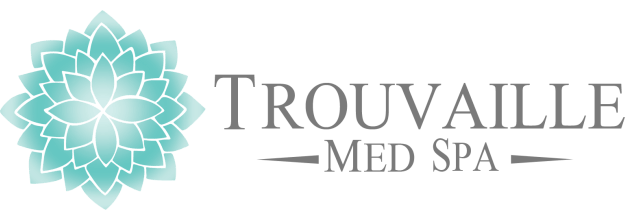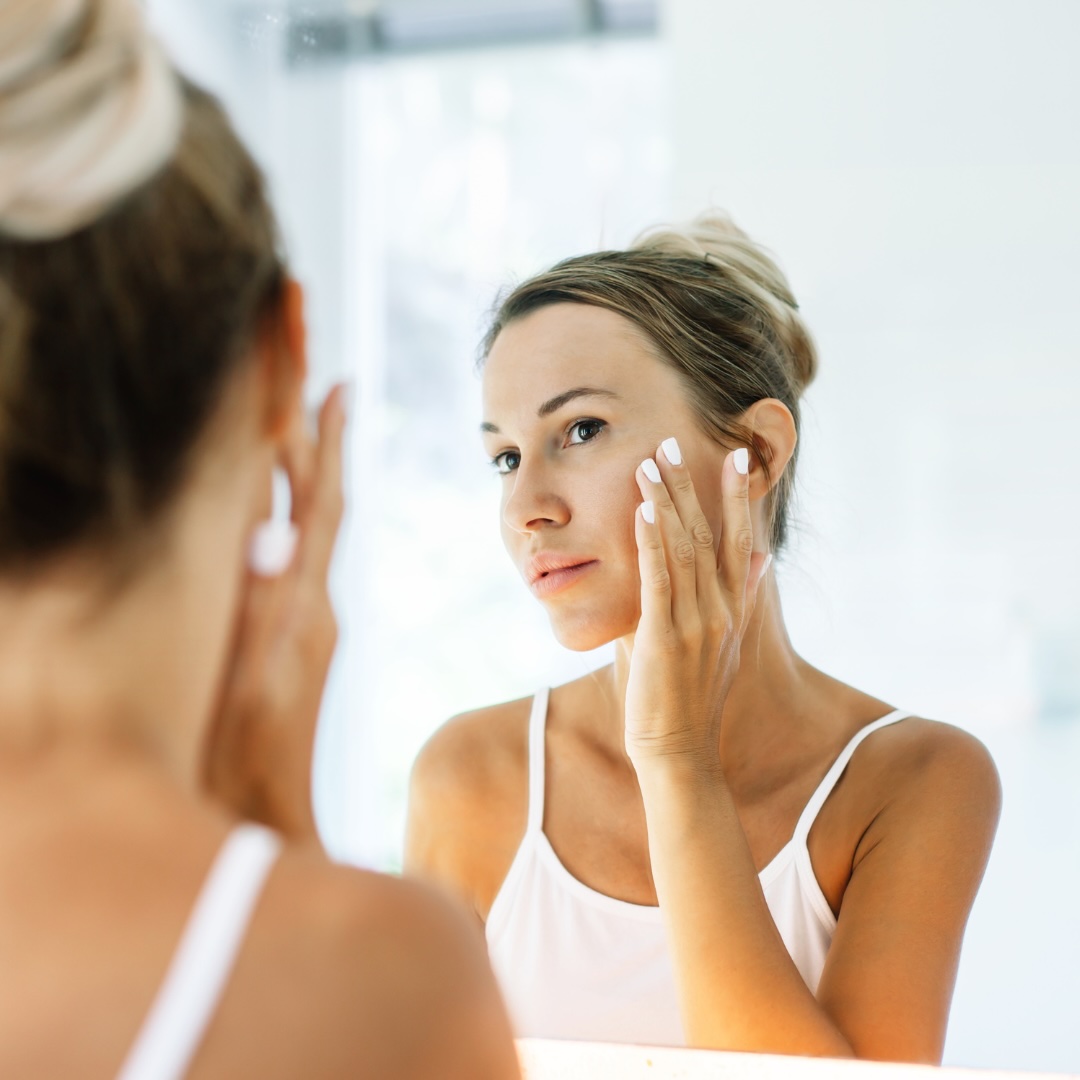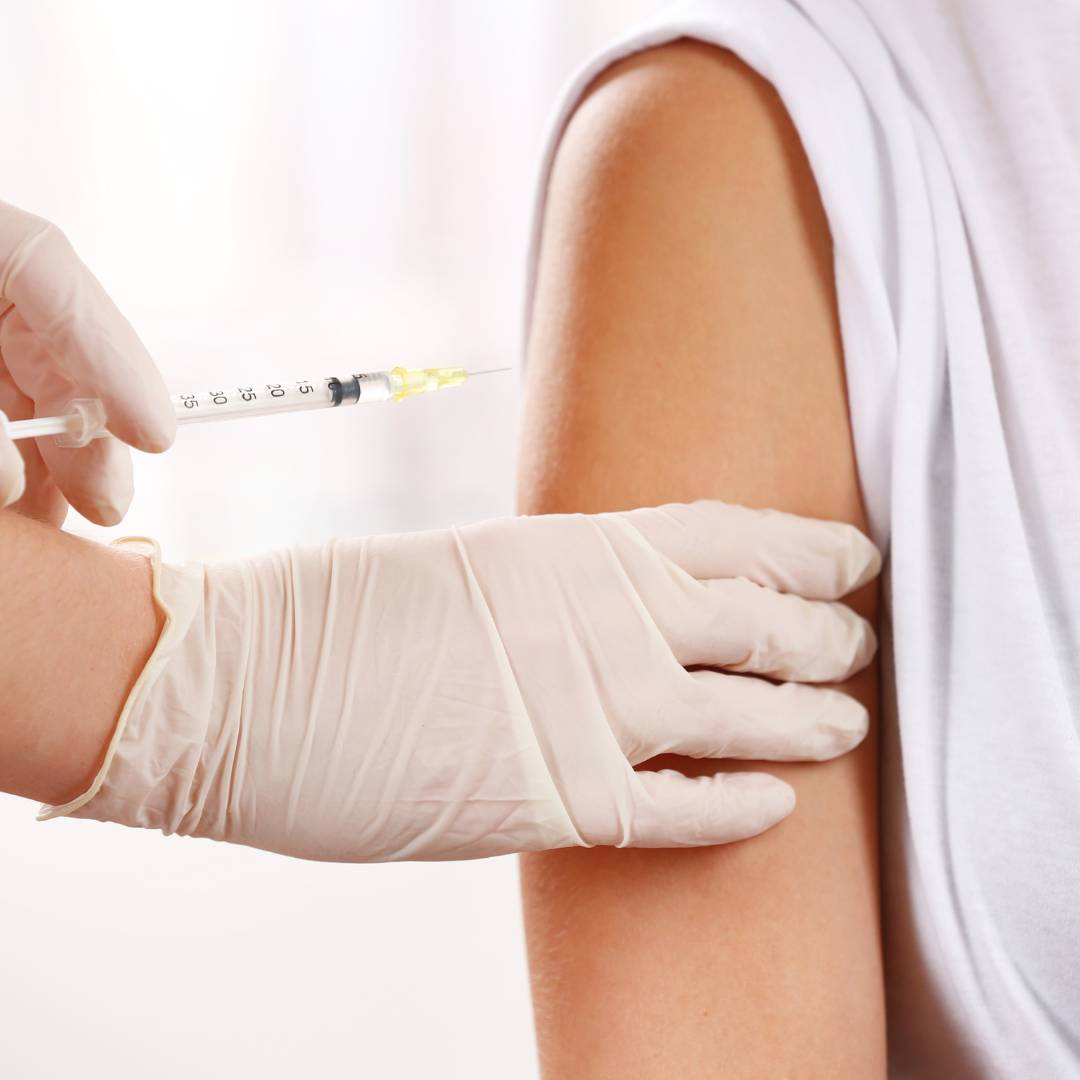Microneedling, a minimally invasive cosmetic procedure, involves the use of fine needles to create tiny, controlled punctures in the skin. These micro-injuries stimulate the body’s natural healing processes, promoting collagen and elastin production and ultimately improving the skin’s texture and appearance. In recent years, there has been a surge in the popularity of DIY microneedling, with individuals opting to perform this procedure in the comfort of their own homes. While the convenience and affordability of at-home microneedling are enticing, it is crucial for individuals to grasp the associated risks and complexities that come with this trend. As we delve into the world of DIY microneedling, we’ll uncover the potential pitfalls and the importance of informed decision-making to safeguard your skin’s health and well-being.
What is Microneedling?
Microneedling, is a non-surgical cosmetic procedure that involves the use of a specialized device equipped with fine needles to create controlled micro-injuries in the skin. These tiny punctures trigger the body’s natural healing response, leading to the production of collagen and elastin, which are essential for maintaining skin’s elasticity and youthful appearance. Professional microneedling, performed by trained and certified practitioners, offers several advantages, including precise and consistent needling depth, use of sterile, FDA-approved devices, and a reduction in the risk of complications. The effectiveness of microneedling lies in its ability to address a range of skin concerns, such as fine lines, wrinkles, scars, and uneven skin texture. Moreover, the procedure is suitable for various skin types and tones, making it a versatile and minimally invasive option for those seeking skin rejuvenation.
The DIY Microneedling Trend
The DIY microneedling trend has gained popularity due to its accessibility and affordability, making it an enticing option for those looking to enhance their skin’s appearance. However, it’s crucial to recognize that attempting microneedling at home carries substantial risks. The lack of professional guidance and the use of non-sterile or unsuitable tools can result in unintended complications, including infection and skin damage. DIY microneedling often falls short of delivering the same results as professional treatments. Without proper expertise and equipment, at-home microneedling may lead to uneven penetration and inconsistent results. In contrast, professional treatments offer a higher level of precision, safety, and expertise, resulting in more effective and reliable outcomes for skin rejuvenation. Rather than succumbing to the allure of DIY microneedling, it is strongly recommended that individuals prioritize their skin’s health and safety by consulting with licensed professionals who can provide expert guidance and perform the procedure in a controlled and sterile environment. Choosing the professional route ensures a more effective and secure microneedling experience.
Risks of DIY Microneedling
Engaging in DIY microneedling carries significant risks, including improper technique, infection, allergies, unsuitable equipment, skin damage, and delayed healing. Without professional guidance, these risks can compromise both the effectiveness and safety of the procedure, making it crucial to exercise caution and seek professional help.
• The potential for improper technique can result in inconsistent results and may exacerbate existing skin concerns.
• Inadequate sterilization and hygiene practices can increase the risk of infection and complications, posing a serious threat to your skin’s health.
• Using incorrect needle length and depth can lead to a range of problems, from ineffective treatments to severe skin damage.
• Some individuals may be unaware of their allergies or sensitivities, making DIY microneedling a potential trigger for allergic reactions.
• Without professional oversight, it’s easy to end up with unsuitable products and devices that may not be safe or effective.
• Inadequate knowledge and precision can result in unintended skin damage and scarring, which can be difficult to address.
• DIY microneedling may lead to delayed healing and prolonged recovery, extending the time it takes to achieve desired results and increasing the potential for complications. It’s crucial to consider these risks before attempting this procedure at home.
Complications and Adverse Outcomes
Complications and adverse outcomes associated with DIY microneedling are numerous and can be severe. The risk of infection and even sepsis looms large when the procedure is performed without the strict sterile conditions maintained by professionals. Furthermore, DIY microneedling may lead to undesirable skin pigmentation changes, such as hyperpigmentation and hypopigmentation, which can be challenging to address. Keloid formation, a condition where raised, thickened scars develop, is another potential consequence. Nerve damage and pain are also concerns, particularly when needle depth and technique are not well-controlled. These complications often necessitate corrective treatments, further highlighting the importance of seeking professional care to minimize such risks and ensure a safer and more effective microneedling experience.
Proper Microneedling Care and Safety
Proper microneedling care and safety are paramount to ensuring a successful and risk-free procedure. First and foremost, the importance of professional consultation cannot be overstated. Consulting with an experienced practitioner allows for a comprehensive evaluation of your skin’s condition and your specific needs. They can offer valuable insights and tailor the treatment plan to your individual concerns. Equally important is the selection of licensed professionals who have received proper training and certification. Choosing someone with a proven track record in microneedling increases the likelihood of a safe and effective procedure.
Additionally, the use of safe, FDA-approved devices and products is essential in mitigating potential risks. These products are rigorously tested and regulated to meet safety and efficacy standards. After the microneedling procedure, diligent aftercare and follow-up routines play a crucial role in optimizing results and minimizing complications. Finally, monitoring and recognizing complications is vital for early intervention if any issues arise, ensuring that adverse outcomes are promptly addressed. By adhering to these guidelines, individuals can achieve their desired skin improvements while prioritizing safety and minimizing potential risks.
The allure of DIY microneedling is undeniable, driven by its convenience and affordability. However, as we’ve explored, this trend is not without its risks, ranging from improper technique to severe complications. It is of utmost importance for individuals to make informed choices and prioritize safe practices when considering microneedling. The DIY approach may seem tempting, but the potential consequences are too significant to overlook. Therefore, we encourage readers to prioritize their skin’s health and safety by seeking the expertise of licensed professionals, utilizing safe and FDA-approved equipment, and practicing diligent aftercare. By making conscious decisions, individuals can achieve their skincare goals without compromising their well-being and ensure a safer, more effective microneedling experience.




